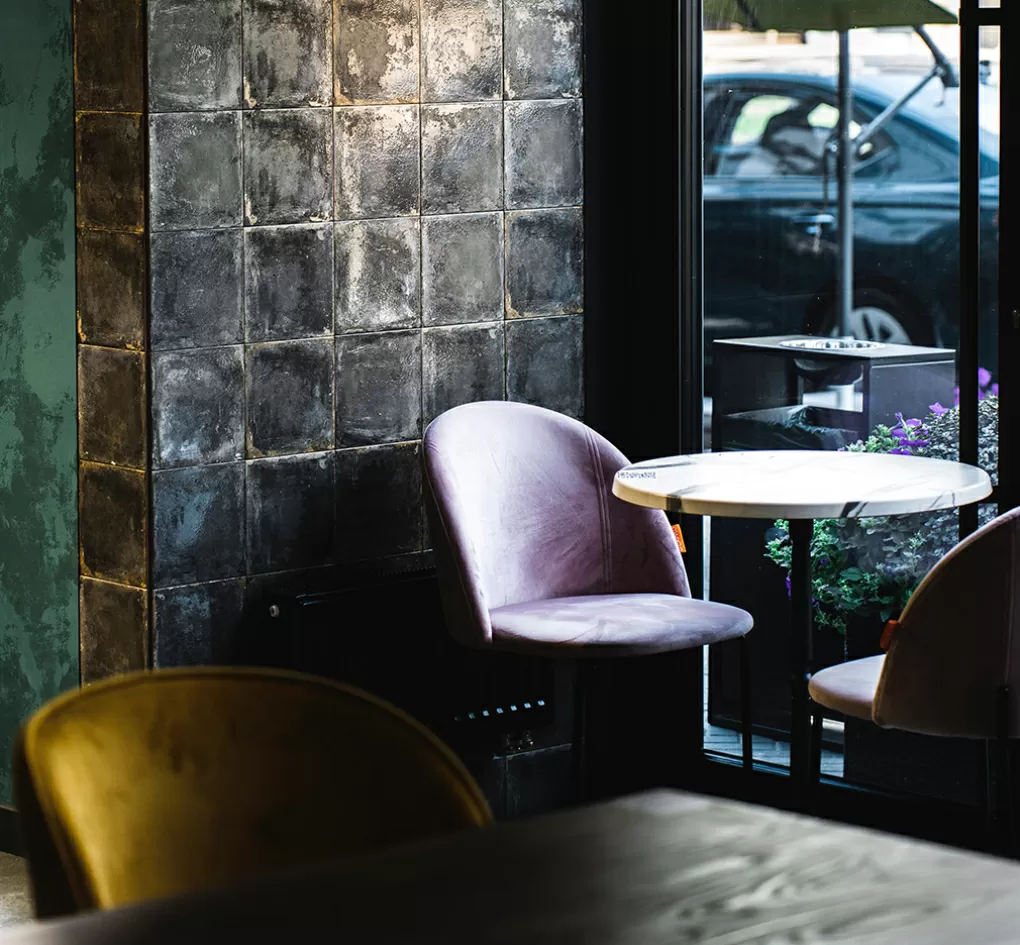Discover the Power of a Modern Multi-Column Layout
Are you looking to elevate your WordPress website design? Explore this stunning layout with its modern, asymmetrical multi-column presentation. Featuring clean lines and engaging content, it’s perfect for creating a visually appealing and informative page.
Design Overview
This design showcases a two-column format. The left column is for informative texts, while the right features a striking image of a cosy seating area. The wider text column beautifully balances with the imagery, creating a dynamic flow that captures attention.
Key Features of the Design
1. Layout Analysis
- Structure: Built on a multi-column foundation with distinct sections.
- Arrangement: The asymmetrical design enhances visual interest with varying widths between text and image.
- Flow: Optimally presents headers and descriptive content alongside relevant imagery in a two-row arrangement.
2. Element & Feature Description
- Headers: Engaging main headers “We are” and “We love” stand out in a contrasting style.
- Text Blocks: Descriptive sections beneath each header explore key themes comprehensively.
- Imagery: A captivating indoor scene, expertly mixing portrait and landscape orientations with subtle overlays.
- Typography: Modern, clean fonts enhance readability and create a strong visual hierarchy.
3. Unique Design Aspects
- Color Contrast: The play between a dark background and light text offers a visually arresting experience.
- Responsive Design: Seamlessly adapts across various devices for optimal viewing.
- Accessibility: Good color contrasts and well-defined text blocks enhance readability for all users.
4. Overall Design Style
- Modern Aesthetic: A minimalist design that feels fresh and contemporary, prioritising clean presentation over clutter.
- Visual Hierarchy: Thoughtful use of font sizes and placements directs the viewer’s eye effectively.
- White Space: Ample white space for easy reading and a focused experience.
Ways to Organise Content in WordPress
1. Using Categories and Tags
Categories and tags are essential tools in WordPress websites to organise content. Categories are broader groupings, whereas tags are more specific. Proper tag usage can significantly enhance searchability and reader navigation. Always ensure that your taxonomy structure is logical to maximise user engagement.
2. Creating Custom Menus
Custom menus are a powerful way to organise content and improve user experience. By leveraging WordPress navigation menus, you can direct traffic to key sections. Dropdown menus, best practices for setting them up, and submenus enhance site navigation significantly.
3. Employing Sidebars
Sidebars are versatile spaces for organising content. Whether it’s for displaying recent posts, a list of categories, or an archive, a well-organised sidebar can provide quick and easy access to critical information without overwhelming the visitor.
4. Utilising Widgets
WordPress Widgets are small blocks that let you add various features to your site’s sidebar, footer, or other widget-ready areas. They enhance user engagement by adding custom functionality, such as recent posts, search bars, and social media links.
5. Setting Up a Static Front Page
WordPress allows you to select a static front page that’s ideal for businesses and blogs needing a professional appearance. This approach ensures visitors always see the same content when arriving at your site, improving your control over first impressions.
6. Creating a ‘Start Here’ Page
A ‘Start Here’ page is great for new visitors, summarizing your offerings, and directing them to relevant sections. It acts as a guide, helping users to understand the breadth of your content and what they should engage with first.
7. Implementing Custom Post Types
Custom post types are an excellent way to expand your WordPress website functionality beyond posts and pages. They allow the creation of unique content types styled differently from standard posts and pages, effectively organising content around the needs of your site.
8. Organising with Page Hierarchies
Page hierarchies provide a structured way to organise related content logically, establishing a parent-child relationship between pages. This hierarchy helps build a clear path for users, improving navigation and the overall user experience.
9. Using RSS Feeds
RSS feeds distribute your content to a wider audience by delivering freshly published posts directly to subscribers or content aggregators. Properly organising this content with specific categories or tags can increase its value and reach.
10. Creating a Content Calendar
A content calendar is crucial for consistent publication and aids in strategic planning. It ensures varied content distribution, aligning with marketing goals, and maintaining a dedicated following over time.
Types of Content for WordPress
1. Blog Posts
Blog posts are the cornerstone of many WordPress website builders. They allow you to share thoughts, updates, and valuable insights with your audience, establishing authority and engaging with readers regularly.
2. Pages
Pages are static pieces of content used for essential areas like “About Us,” “Contact,” and service overviews. They provide key information and maintain consistency across the site without the need for frequent updates.
3. Portfolios
Portfolio pages showcase your work beautifully. They’re ideal for photographers, designers, and artists, offering a flexible way to demonstrate your work’s quality and breadth visually.
4. Galleries
Galleries allow you to arrange images professionally, enhancing your site’s aesthetic appeal and drawing visitors into your content. They’re ideal for showcasing visual work, such as photos or artwork.
5. Testimonials
Allow users to share positive experiences to build credibility and trust. Testimonials provide social proof, an essential factor in consumer decision-making, particularly valuable for service-oriented businesses.
6. E-commerce Product Listings
Transform your site into an online shop by integrating e-commerce platforms. Product listings provide detailed information and facilitate transactions, expanding your reach and growing your business.
7. Video Content
Engaging video content can increase user stay time and boost conversions. It’s a dynamic way to present valuable information directly and professionally, capturing attention more effectively than text alone.
8. Podcasts
Podcasts offer an auditory approach to content consumption, especially appealing to those on the go. They’re a fresh, engaging medium for storytelling, information distribution, and audience engagement.
9. Infographics
Infographics visualise data in an easily digestible format, perfect for complex information or statistics. They capture interest quickly and can be highly shareable, broadening your content’s reach.
10. Case Studies
Detailing specific instances of product or service success, case studies provide in-depth insight, solidifying trust with potential clients by showing your real-world application effectiveness.
Conclusion
Embracing the modern, asymmetrical multi-column layout can significantly uplift your WordPress website design. It combines clear typography and striking contrasts with effective use of white space, offering a cleaner and more captivating presentation. Transform your website today, using these techniques and free WordPress themes for inspiration. Let your content shine and captivate your audience effortlessly!





